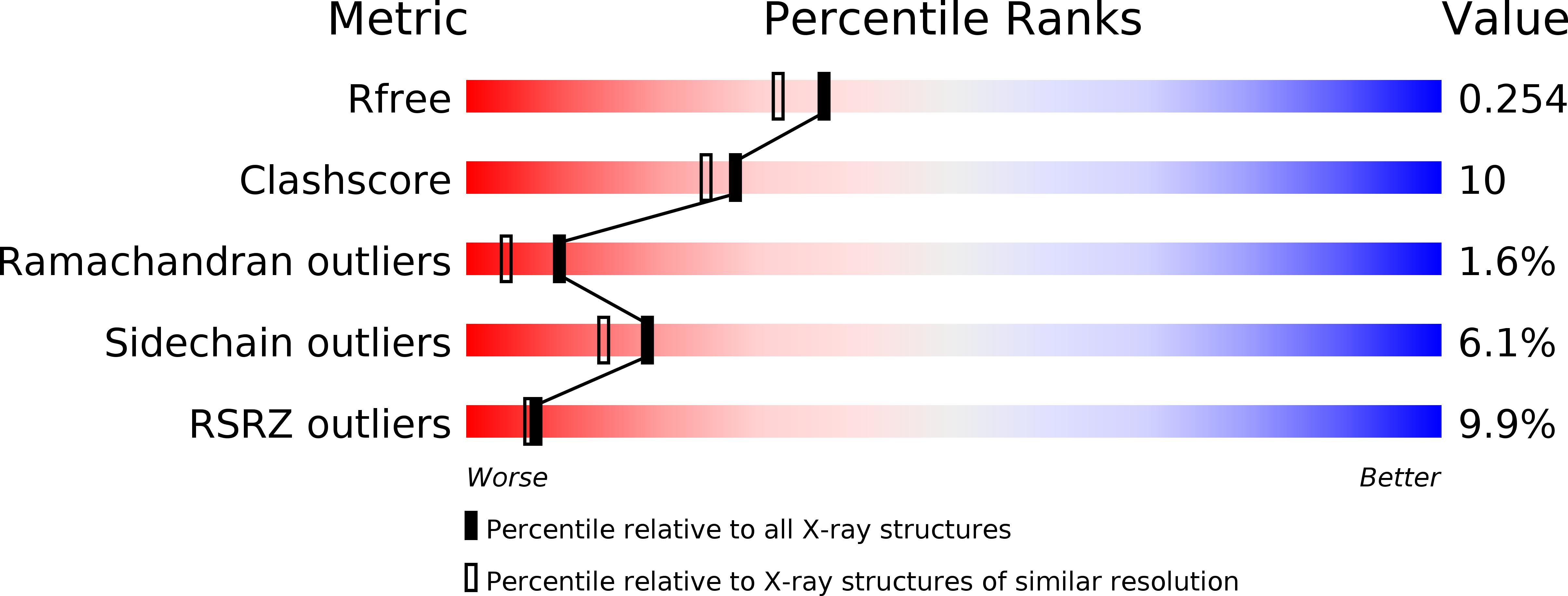
Deposition Date
2009-10-07
Release Date
2010-03-02
Last Version Date
2024-02-21
Method Details:
Experimental Method:
Resolution:
2.00 Å
R-Value Free:
0.25
R-Value Work:
0.21
R-Value Observed:
0.21
Space Group:
H 3 2


